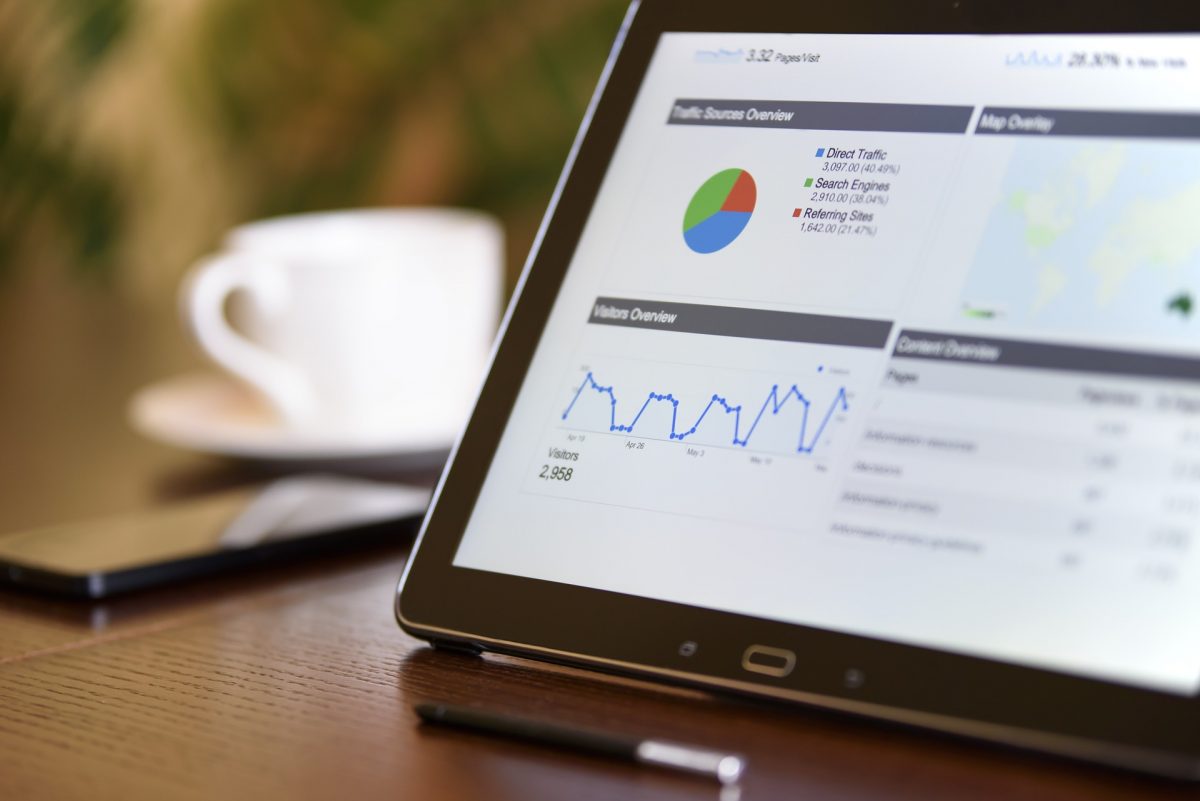
No Limits to What You Can Build Next
Portals provide access to everything from web forms, real-time dashboards, and charts to reports and performance indicators. More sophisticated portals allow users to customize & add additional web forms to meet the customer’s changing requirements. It’s all about sharing data and having instant access to the information you need to make the most effective decisions.
CEOs task IT departments with building executive dashboards that present real-time financial information about the company. From these dashboards, they can then drill down into reports to uncover actionable items.
A sales executive needs instant access to view the performance of the sales team. They also need access to portals in order to increase customer satisfaction.
But when there’s a necessity to create self-service portals that will help drive business growth, small and mid-sized businesses are lagging behind. This can be attributed to the lack of expertise that a small business has on their IT staff along with the lack of overall resources.
The cost of outsourcing the development can be prohibitive, leaving small businesses to continue to use spreadsheets and other manual processes in order to get the information they need. But this approach leads to errors in reporting, lacks real-time visibility and prohibits growth.
Companies also typically spend too much on customizations, which increases the development effort required as well as the risk of project failure. The budget may significantly increase as well because multiple platforms may be required to meet the needs of different audiences for web forms, dashboards, reports, and KPIs.
Another challenge is to ensure that the portals created are optimized for mobile devices. It’s critical to have information available whenever and wherever it’s needed, but if the portal isn’t responsive for mobile, it becomes difficult and unwieldy for users to access the data.

